The basic guide to Museum Showcase Glass
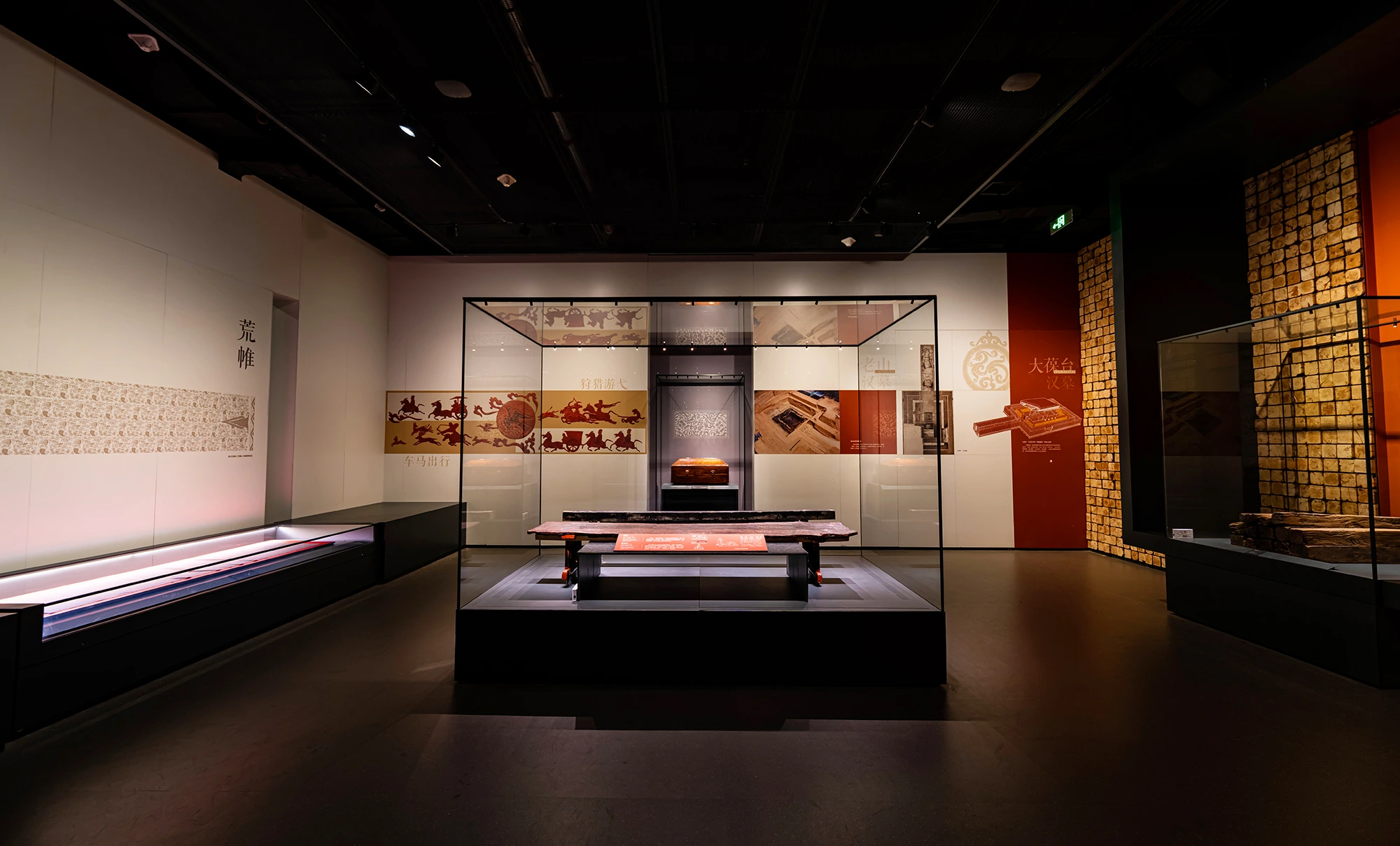
As museums continue to modernize, the glass used in display cases has undergone a remarkable transformation to meet ever-evolving requirements for safety, visibility, and artifact preservation.
The shift from basic transparent materials to specialized, high-performance glass highlights the strides made in exhibition technology.
The Journey of Museum Showcase Glass
Historically, glass in museum showcases was chosen primarily for its transparency, allowing visitors to view artifacts clearly.
However, this simplicity came with significant drawbacks: fragility, high reflectivity, and poor safety standards.
For instance, the use of tempered glass initially addressed breakage concerns, offering 4–5 times the strength of ordinary glass.
Yet, its tendency for spontaneous breakage posed risks to both artifacts and visitors.
Moreover, the reflective surfaces and visual distortions of tempered glass detracted from the viewing experience.
Today, specialized laminated glass has become the standard for museum showcases.
Its multi-layered structure combines strength and flexibility, providing enhanced protection against impact while minimizing risks during breakage.
Laminated glass also includes safety interlayers that prevent shards from scattering, ensuring the safety of both exhibits and visitors.
Key Types of Modern Museum Glass
Modern museum showcase glass is designed to balance safety, visibility, and artifact protection. The three primary types include:
- Ultra-Clear (Low iron) Laminated Glass
This glass is crafted by sandwiching resin films between two sheets of ultra-clear glass, then applying heat and pressure to bond them.
By significantly reducing iron content, ultra-clear glass eliminates the greenish tint found in traditional glass, offering greater transparency and accurate color reproduction.
- Low-Reflection Laminated Glass
With its ability to minimize glare while maintaining high light transmittance, low-reflection laminated glass is ideal for exhibits under specialized museum lighting.
Its compatibility with artifact-focused lighting environments makes it a growing trend in museum display cases.
- Bending Resistant Glass
Over time, traditional glass may bend under its own weight or due to pressure from frame materials, compromising seal integrity and aesthetics.
Bending resistant glass, made with ion-strengthened interlayers, resists deformation while enhancing both durability and display quality, making it especially suitable for large, wall-mounted, wall cases, or freestanding showcases.
Benefits of Laminated Glass
Laminated glass offers multiple benefits tailored to museum requirements:
- Safety and Durability: Its ability to absorb and disperse impact ensures protection for artifacts during unforeseen accidents.
- UV Protection: The interlayers block harmful ultraviolet rays, safeguarding sensitive materials like textiles, paper, and organic artifacts from deterioration.
- Enhanced Visibility: Reduced glare and improved light transmission enhance the viewing experience.
- Ease of Maintenance: Long-term stability minimizes maintenance challenges, ensuring consistent environmental control.
Applications in Leading Museums
Many renowned institutions have adopted these advanced glass solutions:
- The Palace Museum: Pioneering the use of huge bending-resistant anti-reflection glass, the museum ensures both the security and stunning presentation of its treasures.
- The Military Museum of the Chinese People’s Revolution: By incorporating bending resistant glass, the museum resolved issues related to large showcase panels, maintaining air-tightness and aesthetics.
- Hunan Museum: This institution selected anti-reflection glass for its ability to create a solemn and immersive exhibition atmosphere.
- Erlitou Site Museum of the Xia Capital: Following the success of early adopters, this museum demonstrates how regional institutions can benefit from cutting-edge glass technologies.
- Suzhou Museum West: Huge bending-resistant and low-reflection glass freestanding display cases.


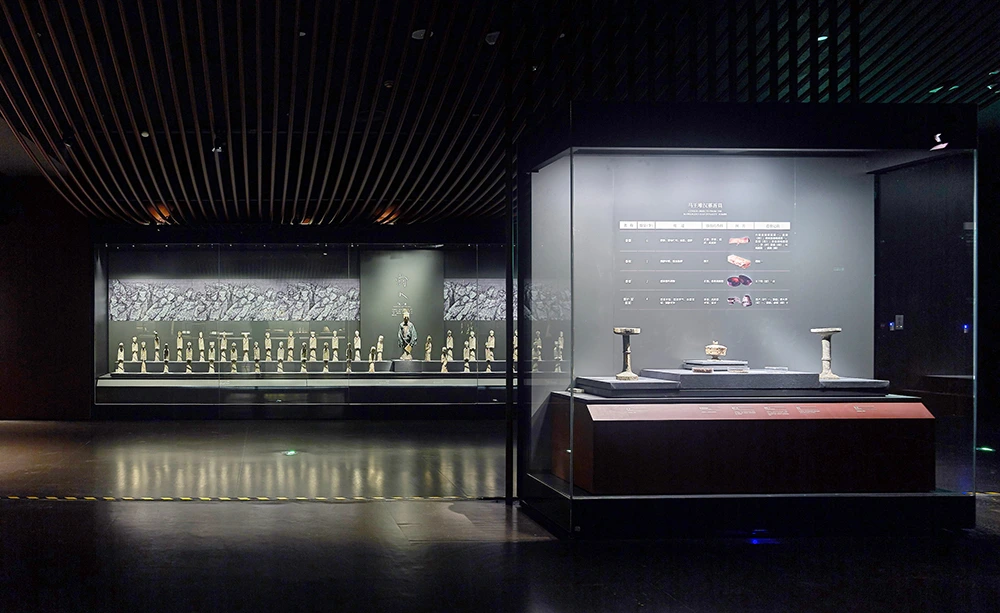
The Future of Museum Showcase Glass
The evolution of museum showcase glass reflects the broader trend of integrating science and technology into cultural heritage preservation. Advanced materials like anti-warping low-reflection glass ensure that future generations can appreciate artifacts in their truest form, within environments that prioritize safety and visual excellence.
As innovations continue, the possibilities for enhancing museum display solutions will expand, driven by the goal of creating ever more inspiring and accessible cultural experiences.
More Articles:
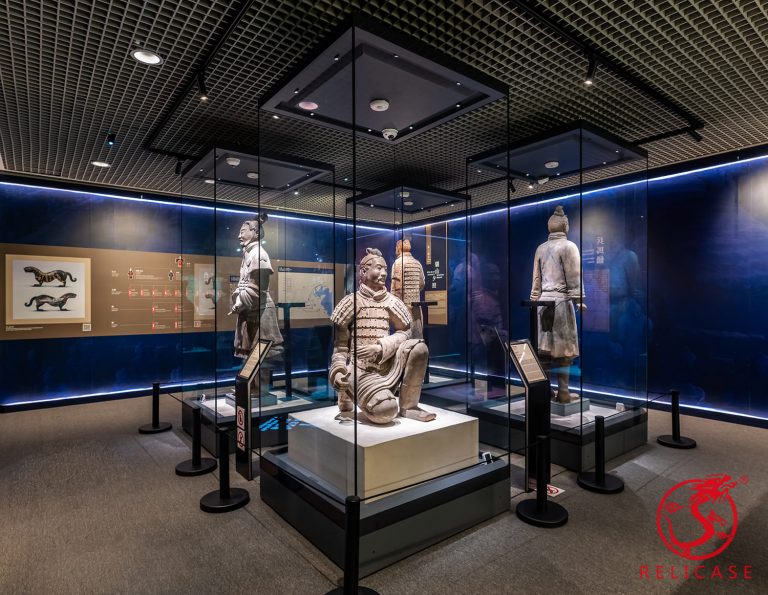
Relicase at Macau Museum: Safeguarding Heritage, Celebrating Legacy
Macau Museum: “Edification of the Masses — Cultural Treasures from the Zhou, Qin, Han, and Tang Dynasties” A Landmark Embraces Innovation The Macau Museum stands proudly atop the historic Mount Fortress, next to the famous Ruins of St. Paul’s. As an iconic symbol of Macau’s history and multicultural heritage, it now embraces the touch of…
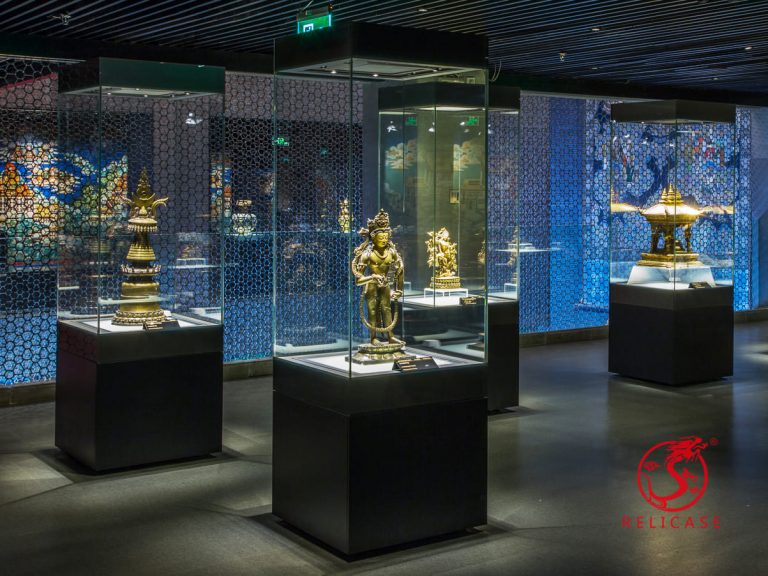
Potala Palace
Abstract On April 26, 2017, Relicase completed the showcase project for the Treasure Hall of the Potala Palace in Tibet. The Collections Hall spans three floors and is divided into two major sections, showcasing a total of 273 individual artifacts and replicas, as well as 155 sets of artifacts (or 159 sets, including 147 sets…
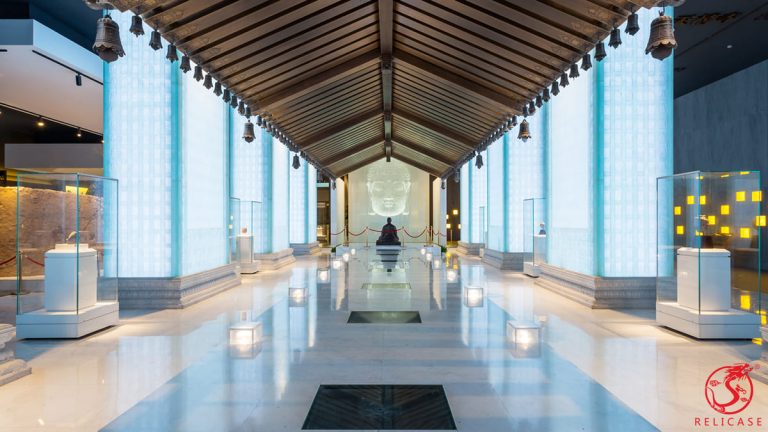
Porcelain Tower of Nanjing
Abstract The Porcelain Tower of Nanjing, named and constructed by Emperor Yongle of the Ming Dynasty to honor his parents’ boundless love and virtue, stands as a symbol of filial piety. Celebrated in Du Mu’s poetic lines, “Four hundred and eighty temples of the Southern Dynasties, how many pavilions linger in the mist and rain,”…

How to Design Lighting for Museum Display Cases
Museum display cases are freestanding, touchable structures. To comply with engineering safety standards, the lighting inside these cases should operate on low-voltage input. Relicase, in line with national standards, ensures the display cases they manufacture meet the following specifications: 1. Protective or isolating measures must be in place between the lighting fixtures and the display…

Display Case Project Research: French Pavilion Shanghai Expo 2010
Project Introduction Architect: Jacques Ferrier Architectures Scenography Engineering: Scenos-associes Vitrines Design: Scenos-associes Vitrines Fabricate & Installation: Relicase Originally constructed as a train station for the 1900 World Fair, the Musée d’Orsay is situated in Paris on the left bank of the Seine River. It has served as a hotel, auction house, and post office for…
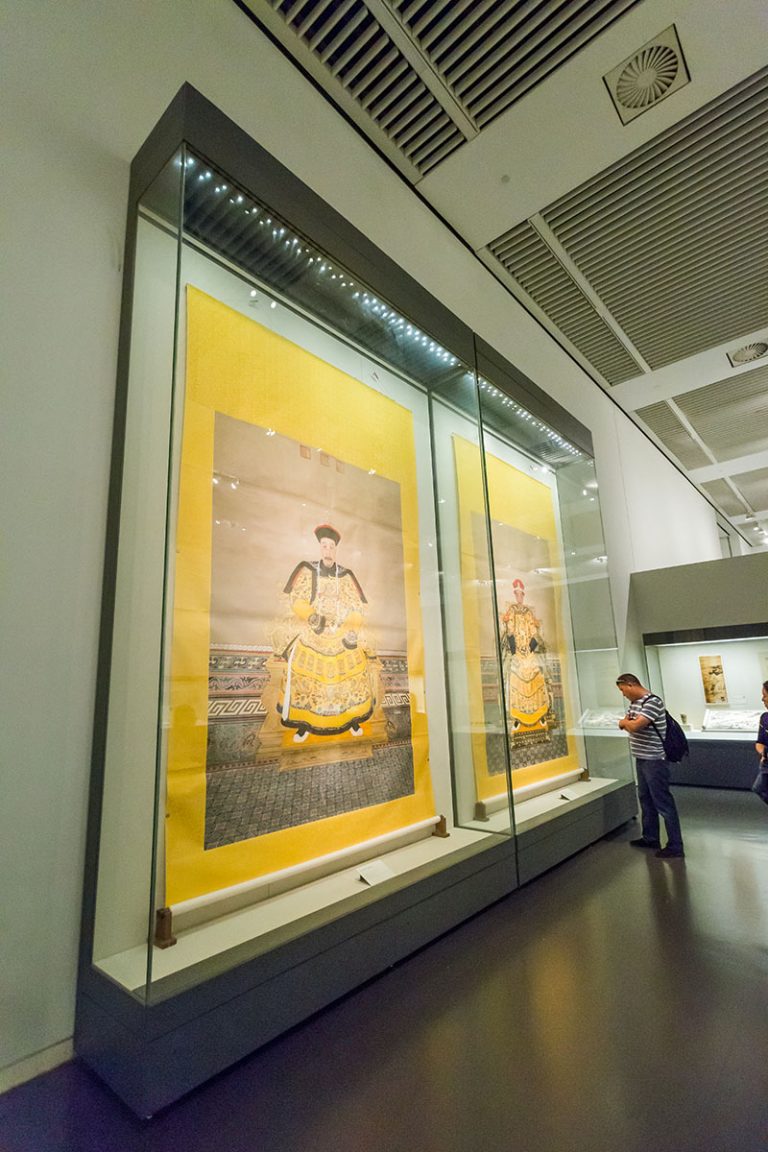
Museum Vitrines Manufacturer: How do we design a Wall Display Case?
Museums serve as the vessels of human history and culture, offering rich resources for learning and research. Display cases, an integral part of museums, play a crucial role in shaping visitor experiences and how they perceive the exhibits. Today, let’s explore the science behind museum wall case designs. 1. Importance of Display Case Design As…
